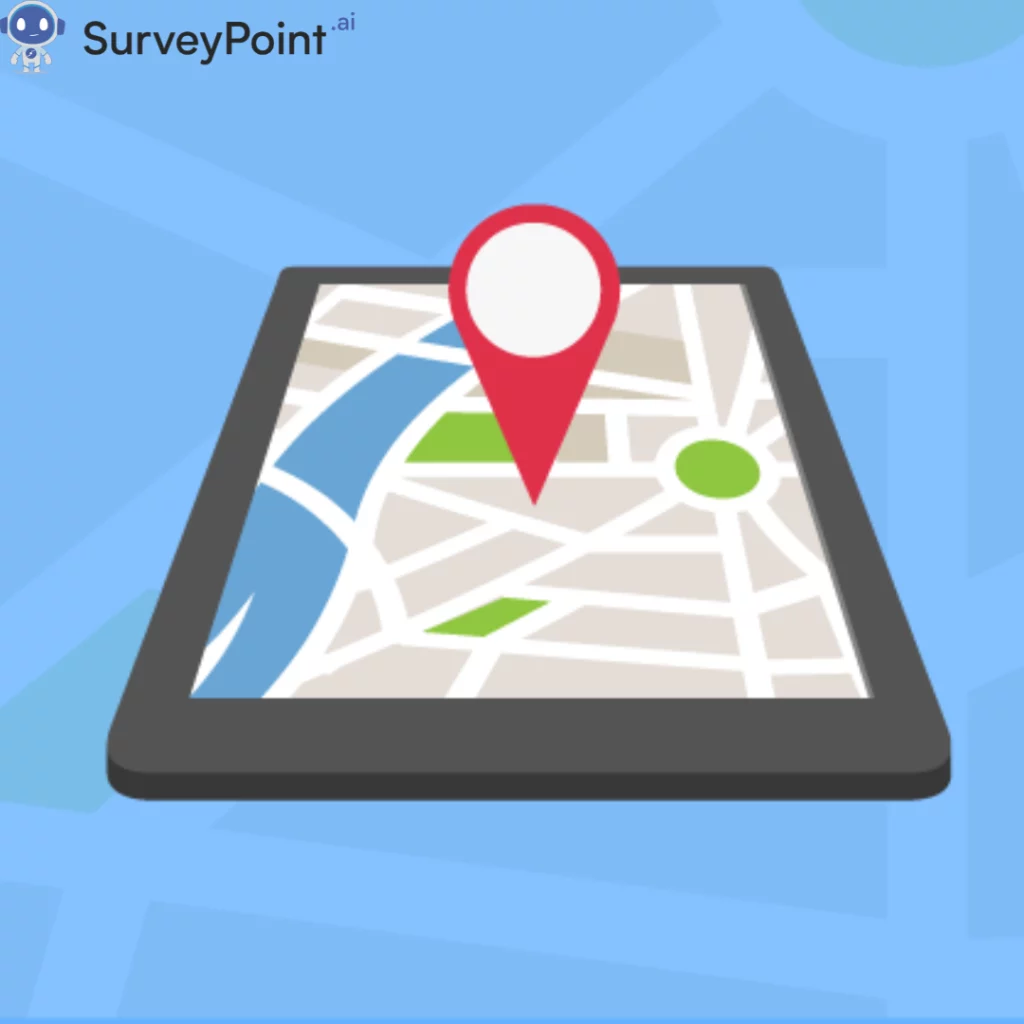
In an era where our lives are intricately woven into the digital fabric, the power of geolocation technology has emerged as a guiding force, seamlessly connecting us to the vast tapestry of our surroundings. From navigating unfamiliar streets to discovering hidden gems in our neighborhoods, geolocation has become an indispensable companion in our daily adventures.
Embarking on a journey through the realms of geolocation, we unravel the complexities and wonders of a technology that shapes our digital landscape. This comprehensive blog will explore the definitions, pros, cons, uses, examples, tracking capabilities, and intricate mechanisms of how geolocation works.
What is Geolocation?
Geolocation refers to the process of determining and identifying the geographical location of a person, device, or object using various technologies and methods. The goal is to pinpoint the specific physical location on the Earth’s surface. This information is often expressed in terms of latitude and longitude coordinates, providing precise details about where something or someone is situated.
Geolocation has a wide range of applications, including mapping and navigation services, location-based advertising, social media check-ins, asset tracking, and emergency services. As technology continues to advance, geolocation plays an increasingly significant role in shaping various aspects of our interconnected world.
Pros of Geolocation
- Enhanced Navigation and Augmented Reality: Geolocation, primarily powered by GPS, enhances navigation systems and facilitates augmented reality experiences by overlaying digital information onto the physical world.
- Precision Agriculture: In agriculture, geolocation aids farmers in optimizing crop yields by precisely mapping and monitoring fields, guiding efficient resource allocation.
- Urban Planning: City planners utilise geolocation for data-driven decisions, optimising infrastructure development, traffic management, and public services.
- Location-based Gaming: Gaming applications leverage geolocation for immersive experiences, integrating the real world into gameplay through location-based challenges and rewards.
- Supply Chain Optimization: Geolocation enables businesses to optimize supply chains by tracking shipments, reducing delays, and enhancing overall logistics efficiency.
Cons of Geolocation
- Privacy Invasion: The collection and use of geolocation data can infringe on individual privacy, raising concerns about constant surveillance and unauthorised tracking.
- Spoofing and Faking Locations: Malicious actors can manipulate geolocation data, leading to fake locations, which could be exploited for deceptive practices or criminal activities.
- Dependency on Satellite Signals: GPS-based geolocation heavily relies on satellite signals, making it susceptible to disruptions in signal reception due to weather conditions or physical obstructions.
- Cross-border Legal Challenges: Geolocation raises challenges concerning jurisdiction and legal compliance, as data regulations vary across borders, posing complexities for global businesses.
- Environmental Impact: Continuous use of geolocation services contributes to increased energy consumption, leading to environmental concerns and a larger carbon footprint.
Geolocation Uses
- Geo-fencing: Businesses employ geo-fencing to trigger location-specific actions, such as sending notifications when a user enters a defined geographical area.
- Location-based Authentication: Geolocation is utilized in security measures, ensuring that access to sensitive information or facilities is granted only when a user is in a predefined location.
- Tourism and Exploration Apps: Geolocation enhances travel experiences by providing users with real-time information about nearby attractions, restaurants, and points of interest.
- Environmental Conservation: Researchers use geolocation to track and study animal migration patterns, aiding in wildlife conservation efforts.
- Indoor Positioning Systems (IPS): Geolocation extends beyond outdoor spaces, with IPS utilizing Wi-Fi, Bluetooth, and other technologies to navigate and locate objects within buildings.
Examples of Geolocation
- Waze: A community-driven navigation app that harnesses real-time user data to provide optimal routes based on current traffic conditions.
- Geotagging on Social Media: Platforms like Facebook and Twitter allow users to attach location information, creating a digital map of their experiences.
- Tile App: A tracking device that utilizes Bluetooth and crowdsourced data to help users locate lost items.
- Google Location History: Enables users to review their past movements and provides personalized location-based recommendations.
- Geospatial Analytics Platforms: Companies like Esri provide geospatial solutions for businesses, enabling them to visualise and analyse location-based data for informed decision-making.
How Geolocation Works
Geolocation operates through a combination of satellite-based, network-based, and sensor-based methods. GPS, a constellation of satellites orbiting the Earth, remains a cornerstone. When a device equipped with a GPS receiver communicates with these satellites, it calculates the distance from each satellite based on the time it takes for signals to travel. By triangulating this data, the device determines its precise location.
Network-based methods utilize data from cellular towers, Wi-Fi access points, and Bluetooth devices. When a device connects to these networks, its location can be estimated based on the known positions of these network elements.
Sensor-based methods involve sensors within the device, such as accelerometers and gyroscopes, which measure movement and orientation. By combining sensor data with other location information, devices can determine their position even in areas with weak or no satellite signals.
To enhance accuracy, geolocation often employs a hybrid approach, combining data from multiple sources. Differential GPS (DGPS) is one such technique, which uses a reference station with a known location to correct inaccuracies in satellite-based GPS.
Conclusion
In conclusion, the multifaceted world of geolocation unfolds as a powerful force that shapes our digital interactions, offering a plethora of benefits while presenting challenges that demand thoughtful consideration. As we navigate this landscape, understanding the nuances of how geolocation works becomes crucial, shedding light on the intricacies that empower the technology while necessitating responsible and ethical use. The journey through geolocation is not just a technological exploration but a societal one, influencing how we balance innovation with privacy, security, and ethical considerations in our ever-connected world. For more information, check out surveypoint.ai

